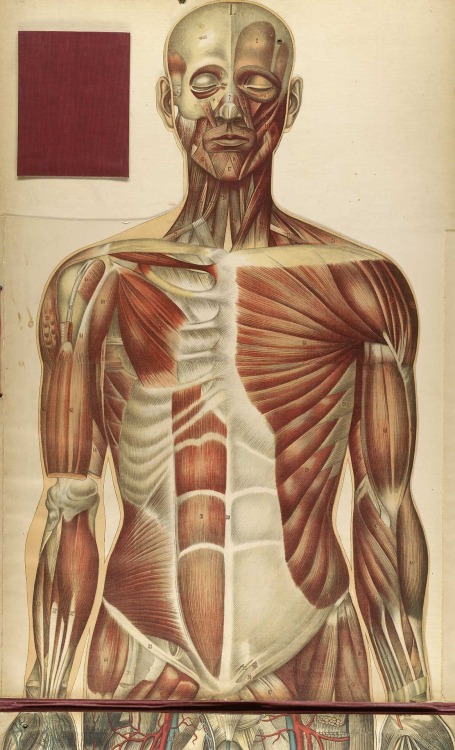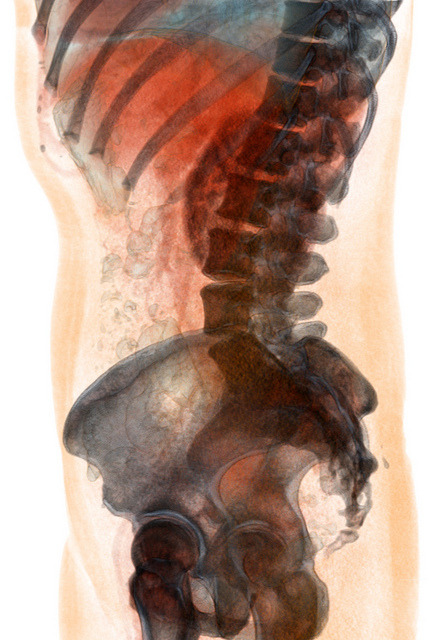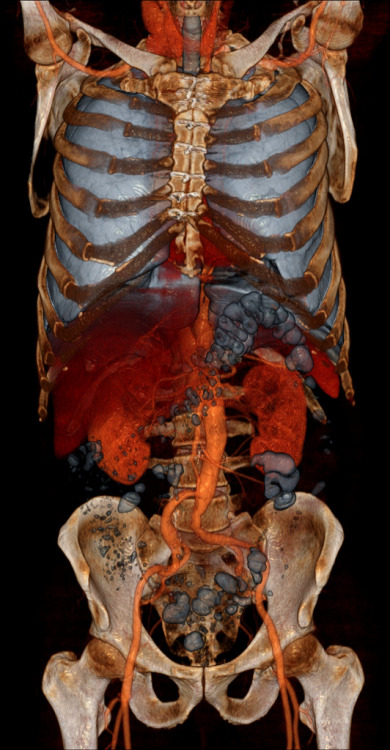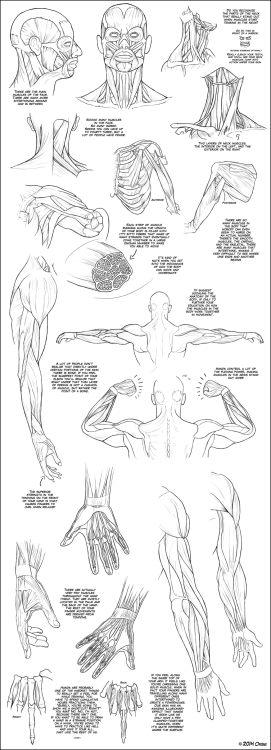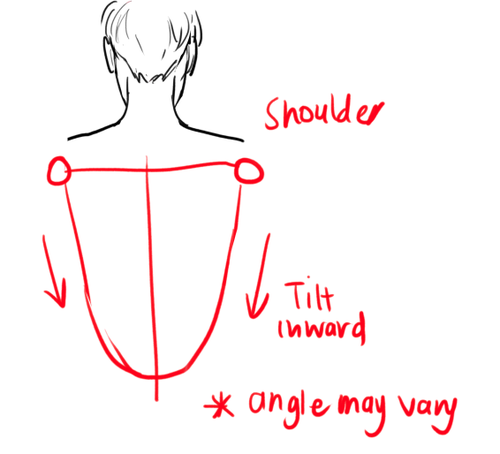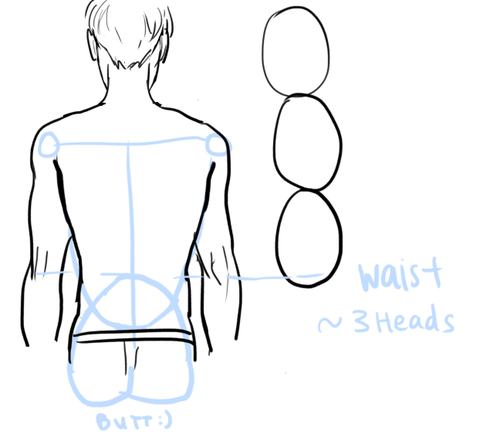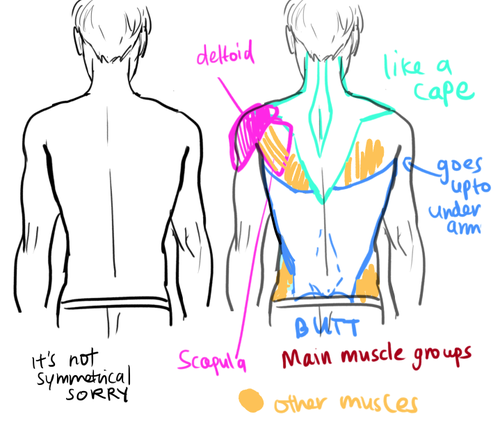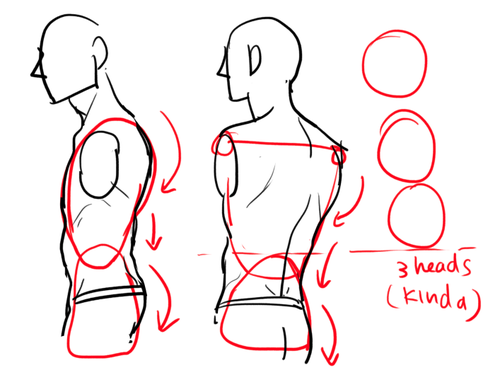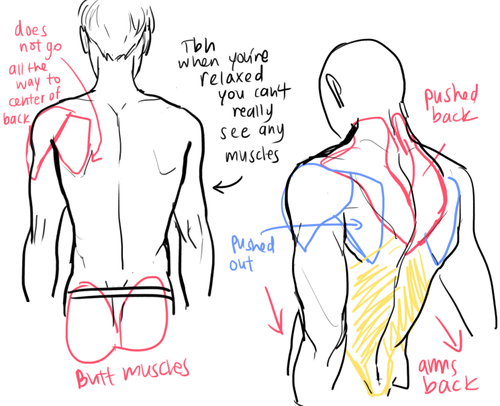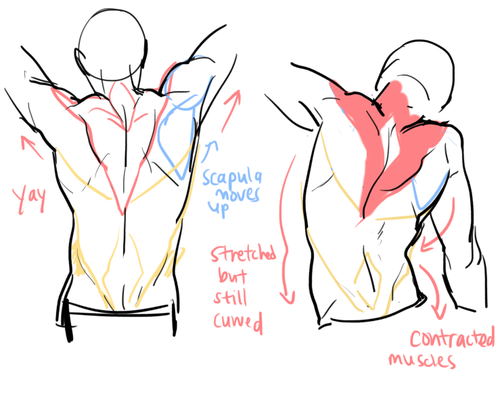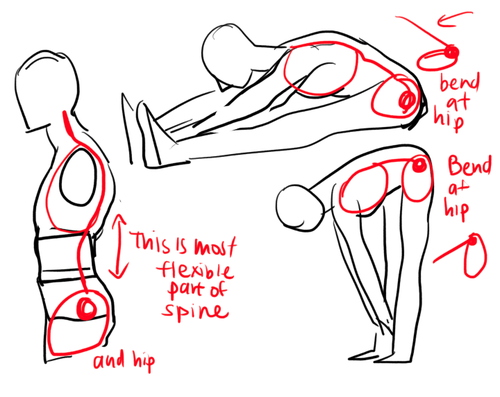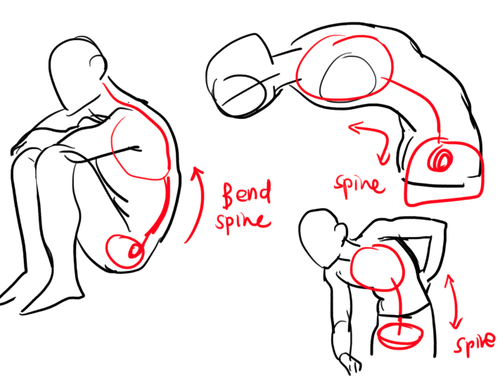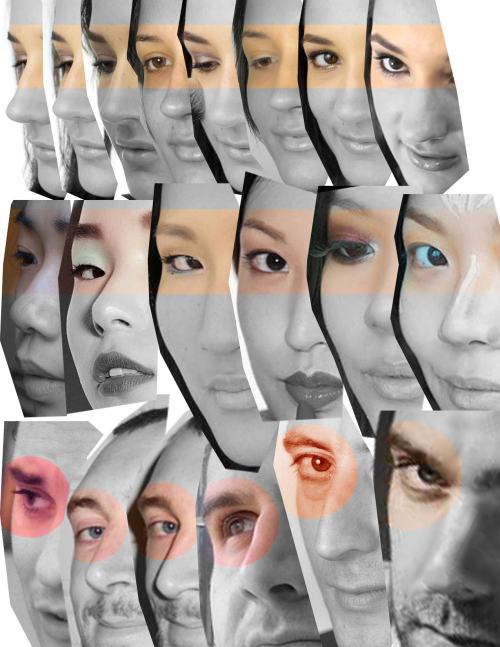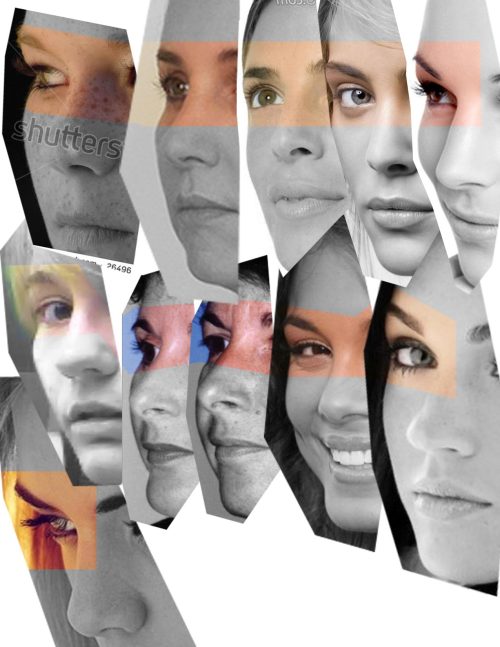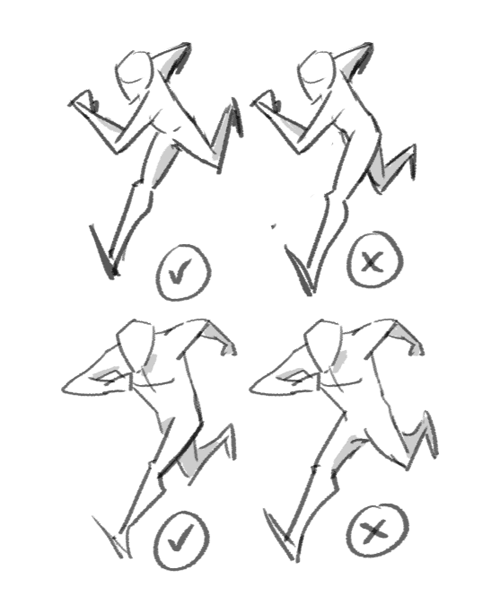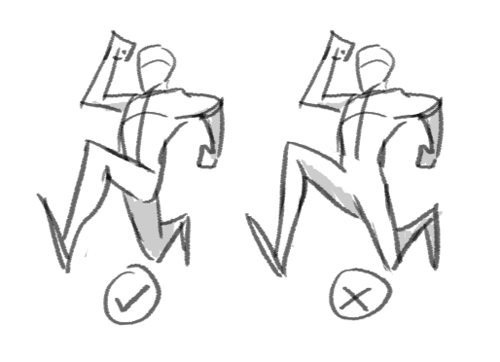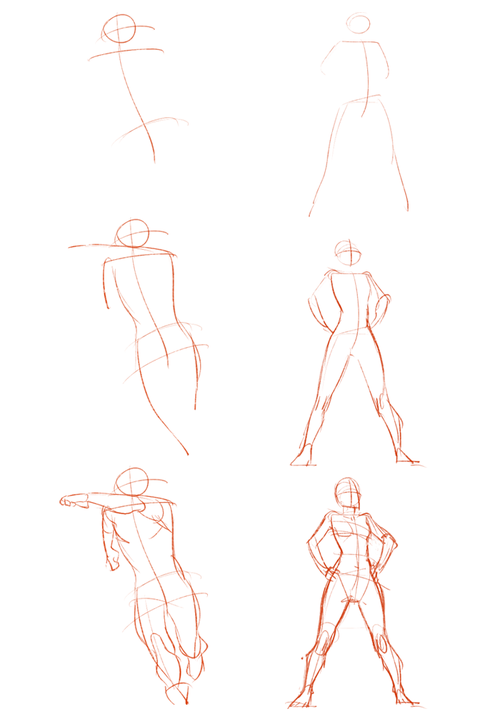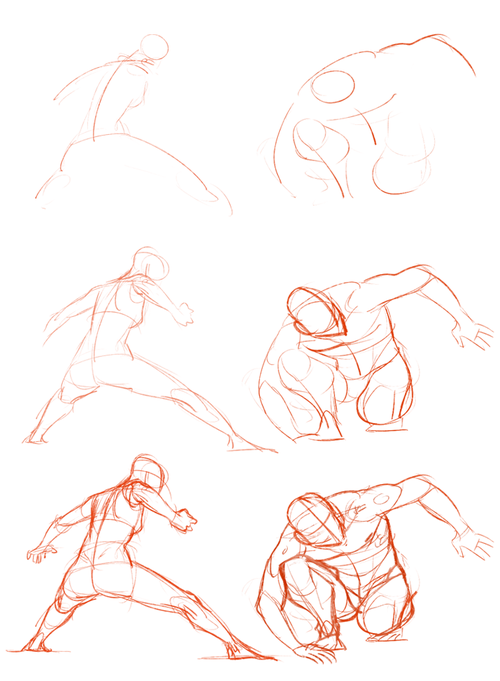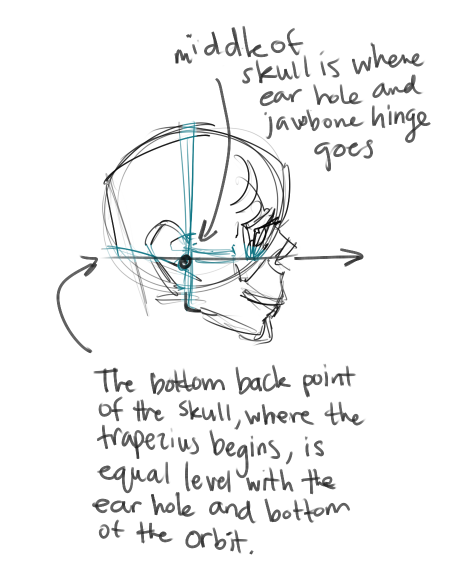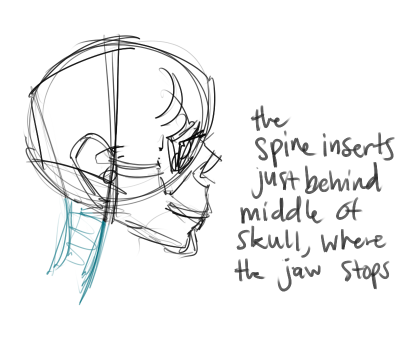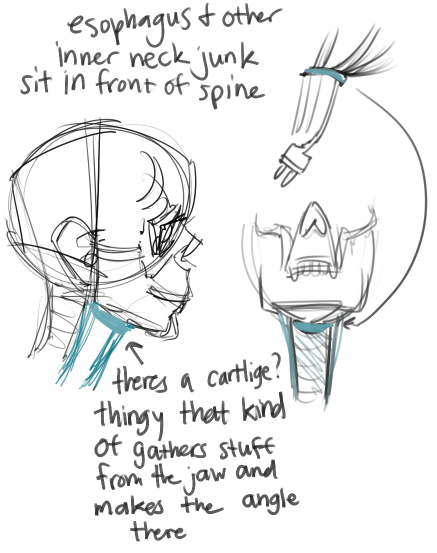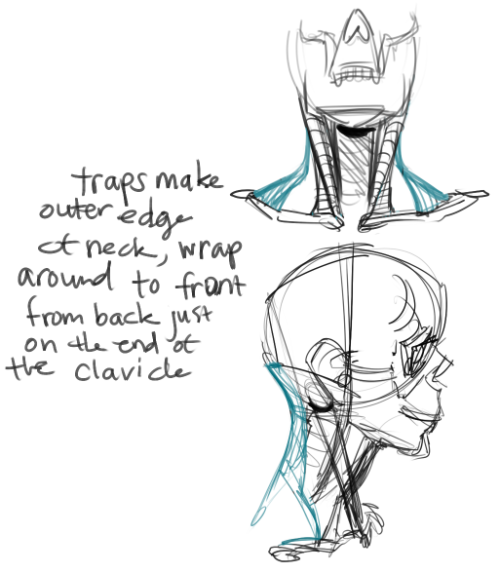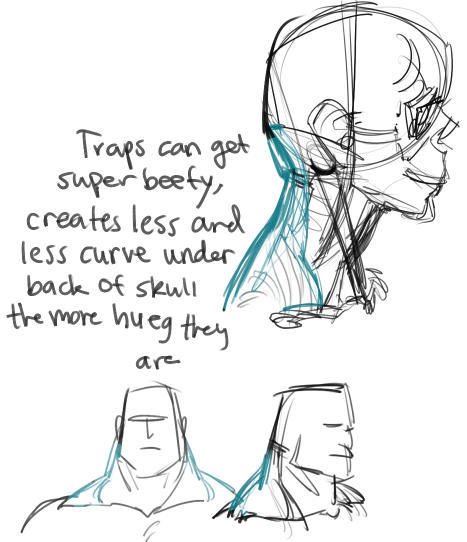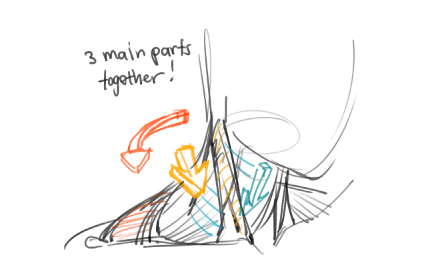----
Seven pieces of good advice that stayed with me //
Muddy Colors  |
| as usual, interpret this image however you please |
David Palumbo Last week, while recording an interview for an upcoming episode of Creative Trek, I was asked to share a piece of advice which has stayed with me over the years. A few jumped to my mind at that moment and then later that day I kept thinking of others, so I thoughts I'd jot a few down here on Muddy Colors.
1: Be prepared to pay your dues
I grew up in a family of artists, so it is inevitable that much of the good advice I've received over the years would come from my parents. This was one that I heard again and again before I even began learning to paint. Basically, be grateful for every job you can get because it takes a long time to climb the ladder. Not every job is going to be fun and/or easy, so be ready to tackle the low rent and uninspired jobs with a professional attitude. Looking back, I find this to be very much a tightrope. On the one hand, you don't want to be taken advantage of and there are plenty of people out there looking to exploit you as far as you will let them. Opposite that, you need to be humble and know that, at least when starting out, you should be following up as many opportunities as possible. Finding the balance is hard and I think most of us only get it after several stumbles, but a humble attitude will help a great deal. I've seen several people with tremendous potential wash out because of their egos and an attitude that the world owed them some kind of special treatment. This is not really a business for prima donnas.
2: Don't teach yourself the mistakes of others
Early on, I had some ideas about working as a comic artist and was fortunate to have a portfolio review by Joe Quesada. After looking at my (in hindsight) very crude pages, he told me that he felt I was looking too much at other comic artists and not enough at real life. He told me that, while you can learn a great deal by copying the work of those who inspire you, the vast majority of your study should be direct observation. When you copy another artist, you are copying their mistakes and teaching yourself their bad habits. Working from life, on the other hand, lets you train without that baggage clouding up the picture. You are much more likely to develop your work into something unique if you learn from the world unfiltered.
3: Lead with the work
About the time that I graduated from PAFA, I was exploring fine art and had a meeting with Neil Zukerman who runs the CFM Gallery in Manhattan. He was kind enough to talk with me not only about my work but about making contact with galleries cold. Basically, when someone walks into a gallery off the street and requests a review of their work, the automatic assumption is that it will be either a poor fit for that gallery or just simply horrible. To save everyone a lot of time (and to avoid the automatic brush-off), he told me to introduce myself while simultaneously handing the curator a sample (print, postcard, etc.) of my very best work. Maybe they will be interested and maybe not, but it will get things right to the point and hopefully let you lead with a good first impression.
4: Don't worry about being fast, just worry about being good
In my first (of several) portfolio reviews with Magic the Gathering art director Jeremy Jarvis, he wondered if I might be rushing my work. Many aspects were sloppy and would have been much stronger if I'd simply slowed down and taken my time. Speed comes from the confidence of experience and, if I wanted to be fast, I first had to learn how to slow down and get good. Nobody is impressed that you turned out a bad piece quickly, but they are impressed when you turn out something really good.
5: Don't forget to push the design
A year later, I sat down with Jeremy Jarvis again at that same convention for another review. My new portfolio had all new work which I had taken my time with and paid close attention to strong technique. What I'd failed to pay attention to was my character, costume, and environmental design. Jeremy pointed out in piece after piece where I could have pushed things to be more interesting, more lived-in, more unexpected, and just MORE.
6: Don't be scared to be different
As I was starting to get work more steadily, I began feeling frustrated in my process and technique. I had always felt that, to be a fantasy artist, I should be working in a tightly rendered highly detailed and polished style. After all, that is what fantasy art usually looks like, right? My frustration was that I was growing more and more interested by painterly work along the lines of NC Wyeth and other early 20th century illustrators and this was at odds with the mainstream looks. I was lamenting this to Greg Manchess, one of the few current fantasy artists I knew who did work outside of that tight render box. After going on and on about how I wished I could work looser but was worried about this and that and the other thing, he just said something along the lines of "well, yeah, I don't know, why don't you just try it?" I was struck by how simple that made it seem and how ridiculous it was to have not realized this myself. It was a few years before I really changed my process, but in that time I was working on personal pieces and experiments which ultimately proved to me that I needed to shift direction. The first and most important step was to stop worrying and just do something.
7: Make your work with purpose
This last one was not advice given specifically to me, but something which I've heard Rebecca Guay say to students many many times. Whatever you make, you need to make it your own in some way. Find something to love in every piece, find something personal to contribute to every assignment, and always know what you want for the viewer to feel when they look at your work. If you don't make your work with purpose, it will have no impact.
----
Shared via
my feedly reader 